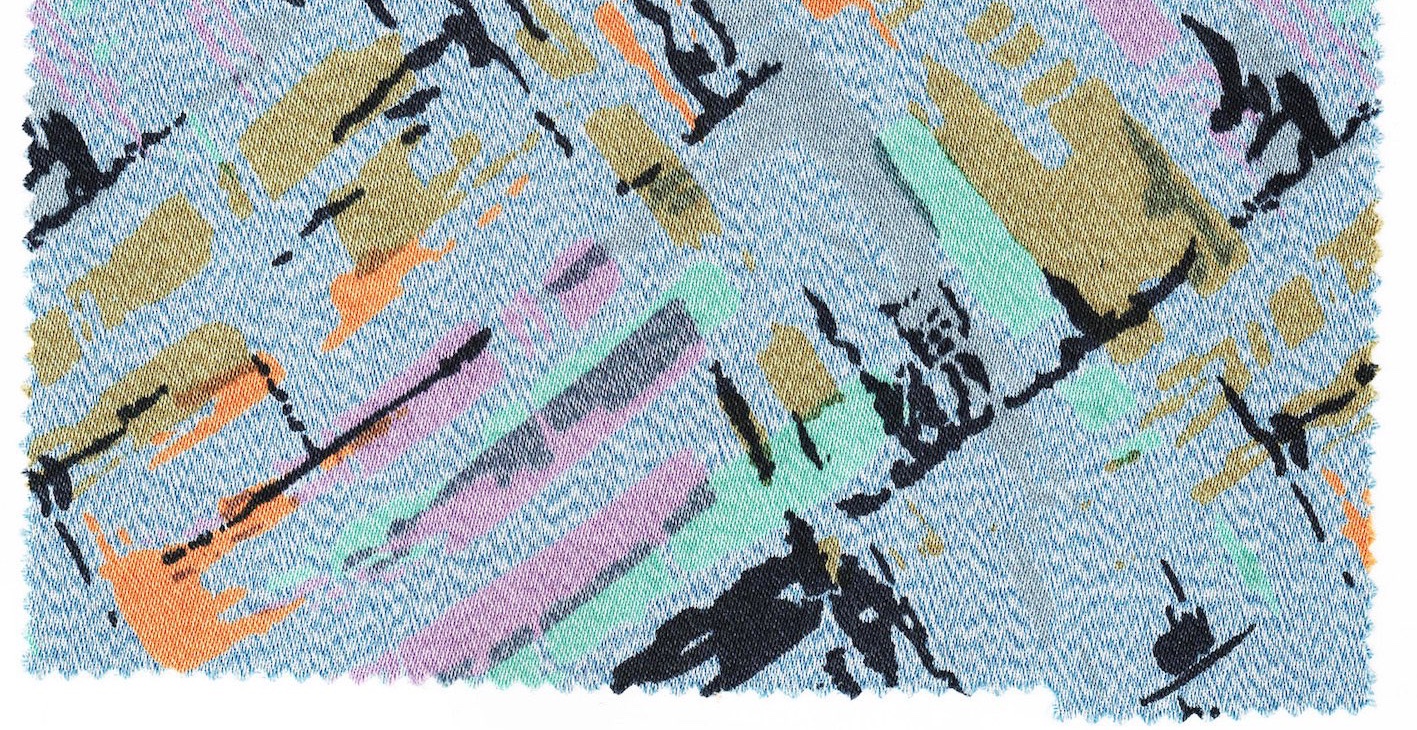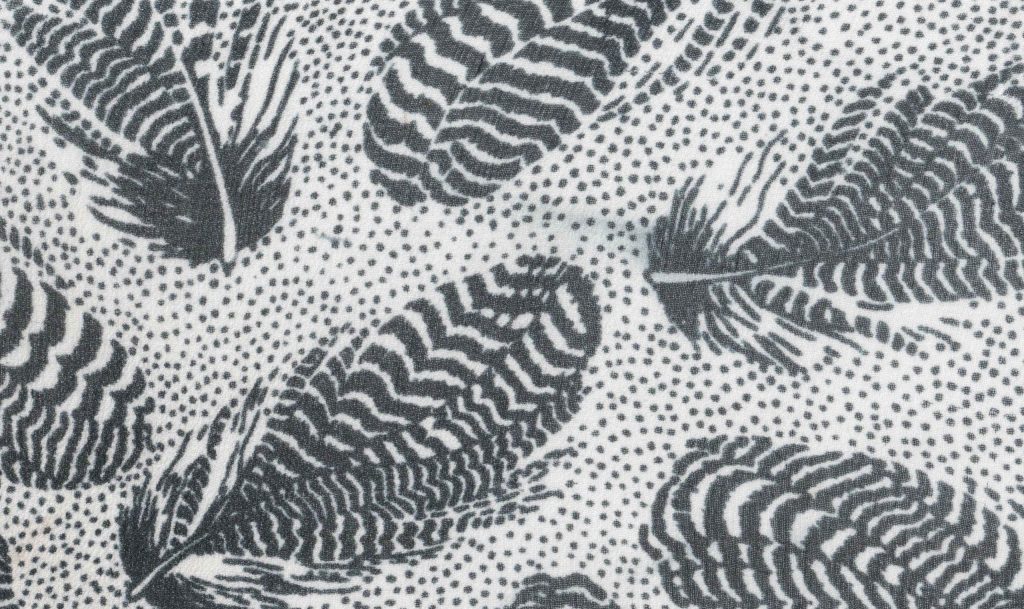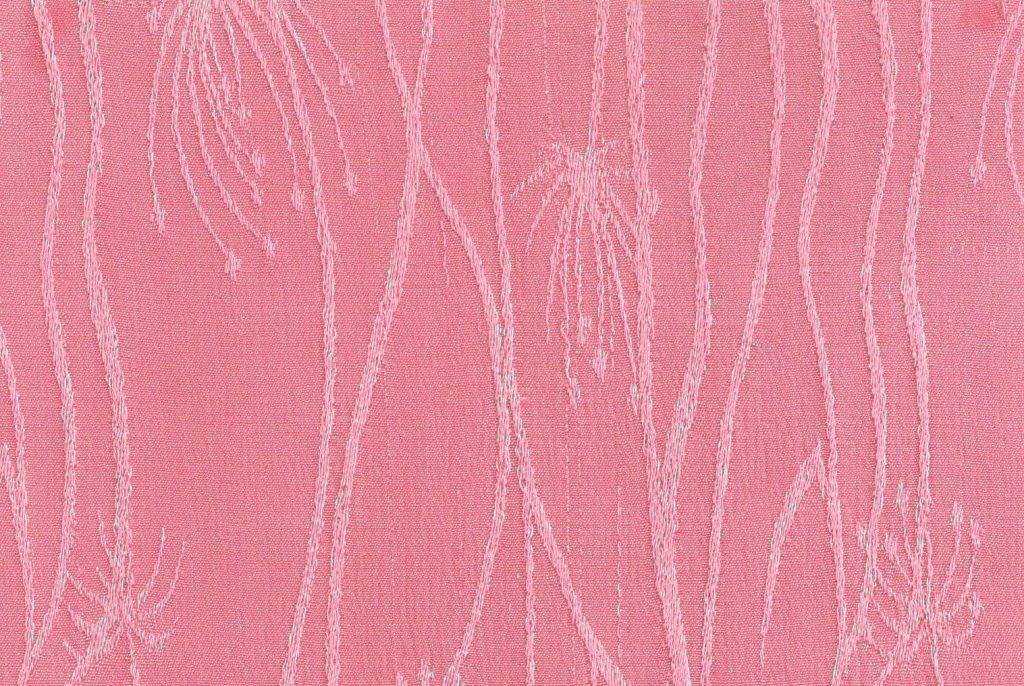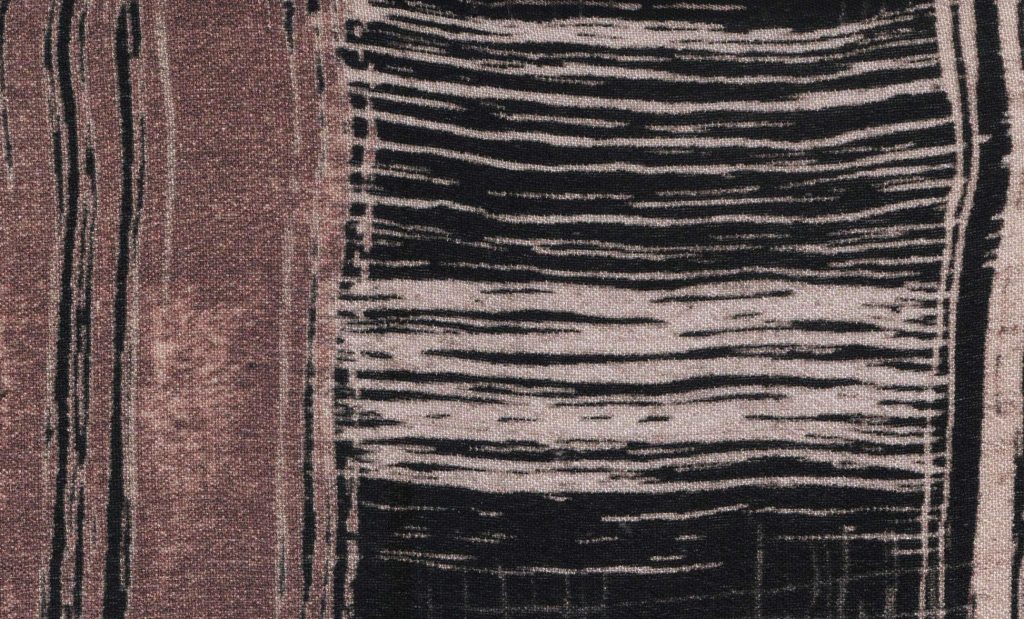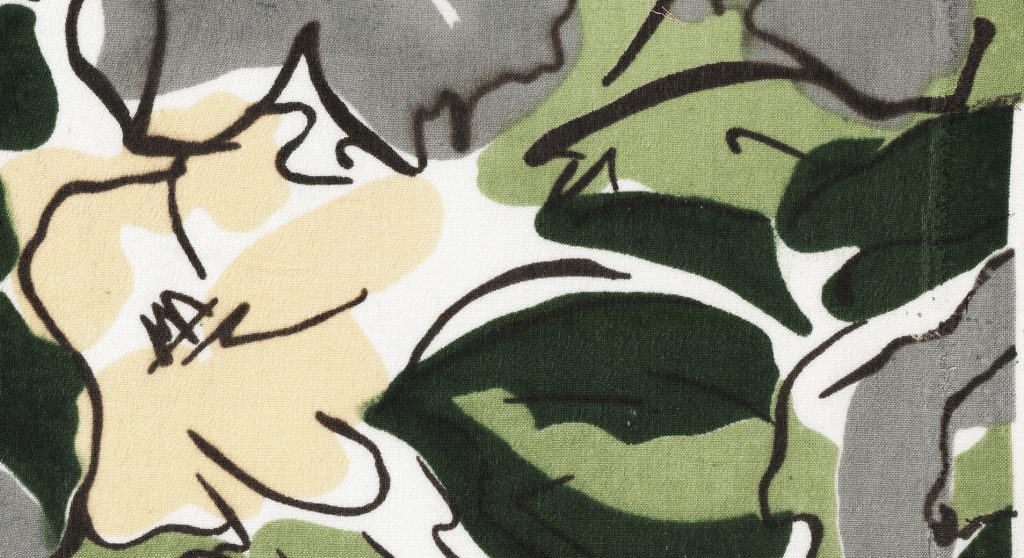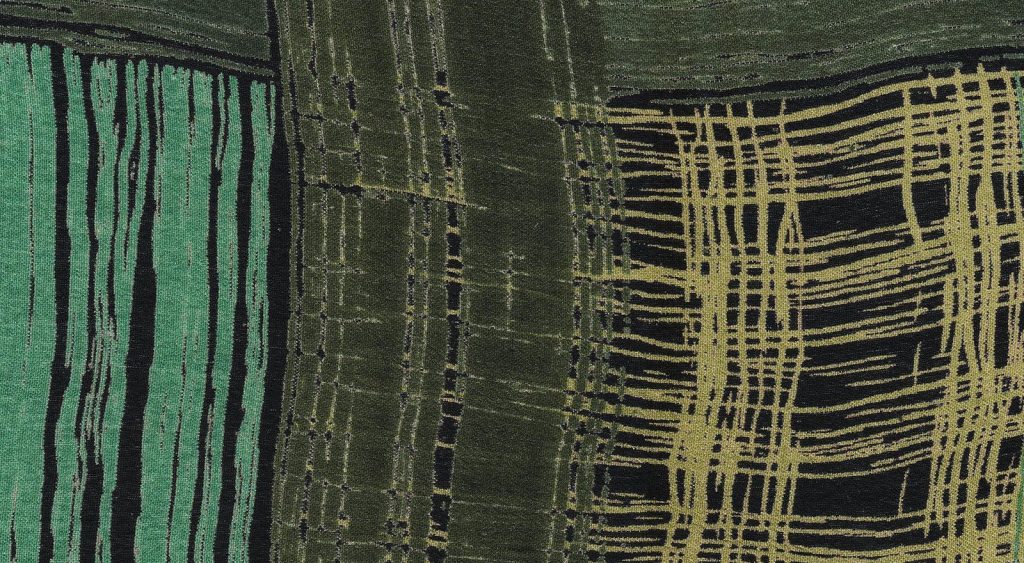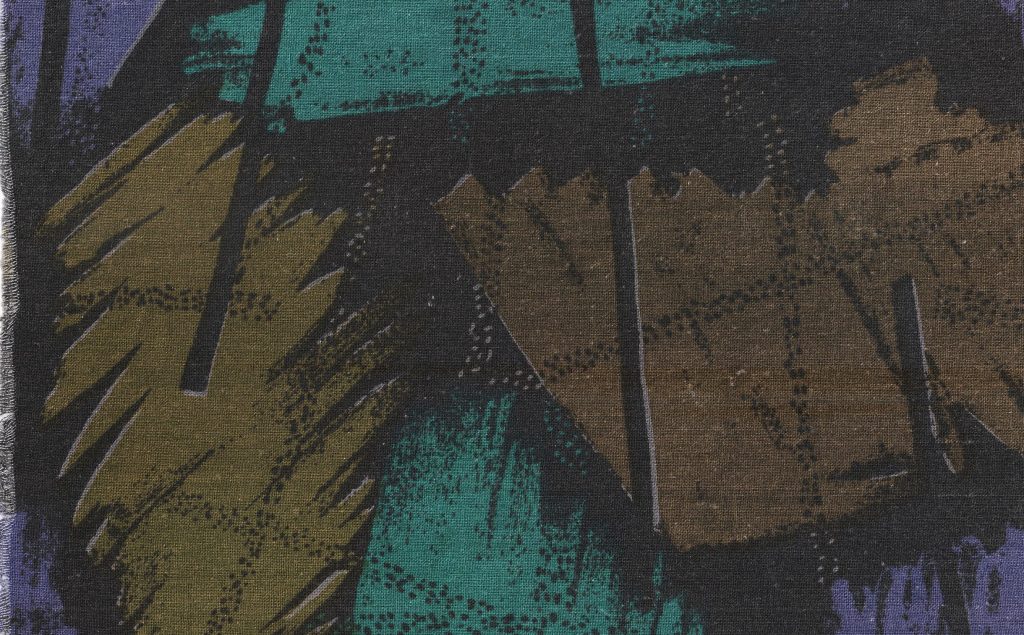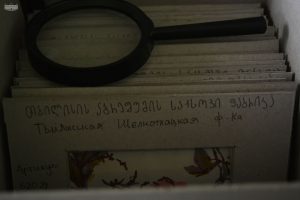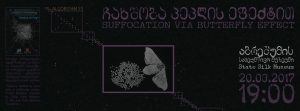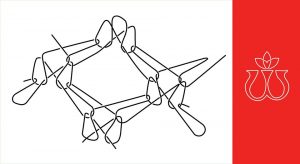Research project by artist Nino Kvrivishvili
The material was prepared in collaboration with the State Silk Museum. It includes the samples and history of Georgian silk from the Soviet time, as well as the biographies of people who worked at Tbilisi Silk Weaving Factory during the 1950-90s. Today, after decades, we were able to meet several authors and talk about their importance and role in the production. The material is based on personal meetings and records.
Mtvarisa Markozia
Artist and colorist
During 1984-1996, she worked at the Silk Production Association of Tbilisi as an artist, and later – as an artist and a colorist. She created a number of textile patterns that were produced by the association.
Mtvarisa Markozia was born on October 30, 1957, in Meore Otobaia village, Gali District. After graduating from high school number 2, she studied painting at M. Toidze Art School in Tbilisi. During 1979-1984, she studied at Tbilisi State Academy of Arts at the Faculty of Applied Arts, specializing in textile design. After graduation, she received the qualification of textile artist and technologist. Markozia’s degree project concerned the topics of jacquard, printed, and hand-painted textiles. After graduating from the academy, Markozia started working at the Silk Production Association of Tbilisi, where she created sketches with geometric and plant motifs. At that time, artist Parnaoz Saralidze was supervising the art department at the association.
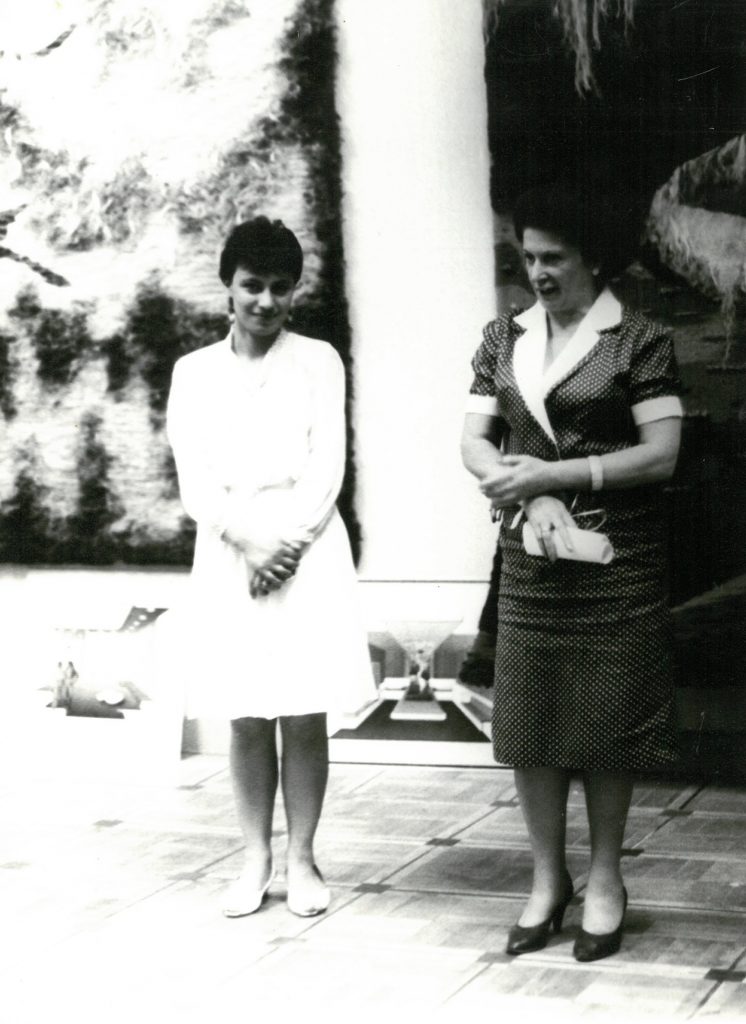
Two working days were followed by a day of creative work, Wednesday, when drawings were made with a maximum number of colors – 6. “Georgian silk was distinguished by colorfulness and diversity. I was always very curiously waiting how a drawing would appear on a textile, where pattern repetition on an infinite length and a complete picture of a conceived idea could be seen” – says Markozia.
Markozia’s works always attracted attention at art councils on local, as well as on the union levels, where the textile sketches were approved. Parallel to working at the Silk Production Association, by using the method of hand dyeing together with chemist Nani Nakhutsrishvili, Mtvarisa Markozia created silk textiles for “Mita”, a joint industrial enterprise of Georgia and India. She also created the logo for this company.
After the Silk Production Association was closed, in 1996 Markozia emigrated to the island of Chios in Greece. Parallel to a day job for 6 years, she continued creative work at a private studio and participated in exhibitions. While being in Greece, she learned icon painting. After returning to Georgia, in 2002 Markozia started teaching art at a private school “Opiza” in Tbilisi. She continues creative work to this day.
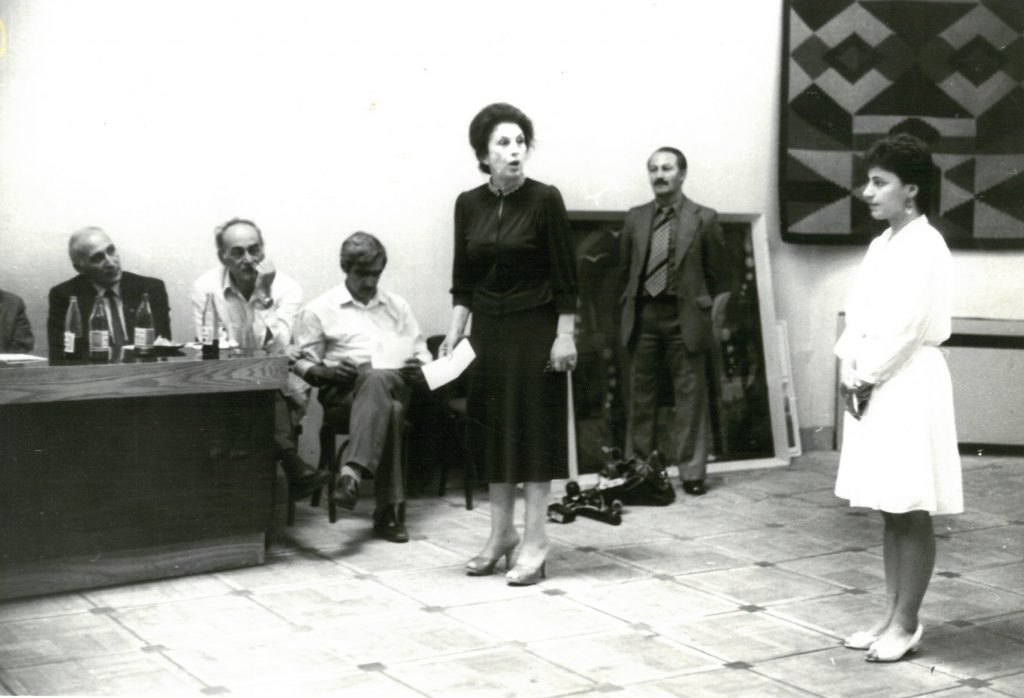
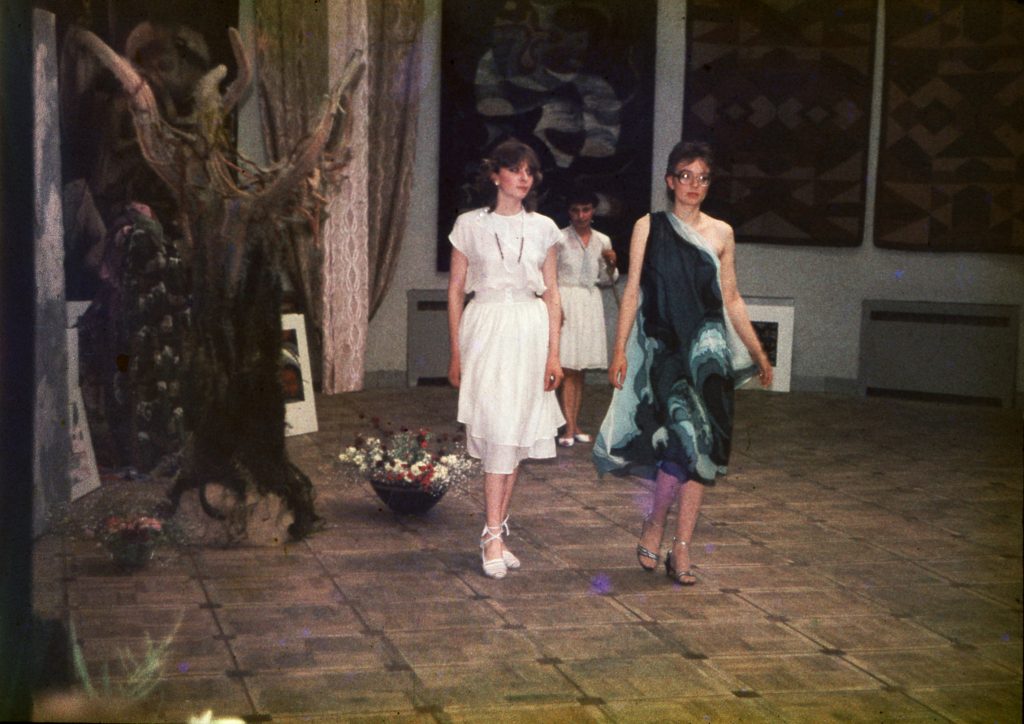
Research and production in the framework of the support residency program “Outside the Cocoon: How to Present Art Publicly During the Pandemic?”
Support for this program is provided by the State Silk Museum through a grant from CEC ArtsLink’s Art Prospect program.

